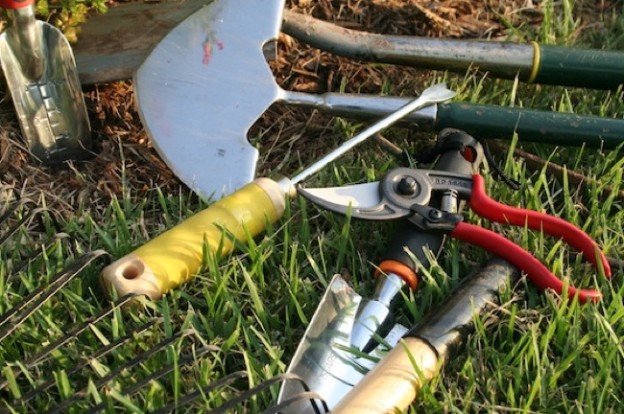How compost can help your garden grow
Many people tend to think of compost as an environmentally friendly way to reduce household waste, and while controlling waste is, of course, fantastic, keen gardeners also benefit from using compost in the garden as it has a huge number of significant benefits.
Of course, if you are unable or unwilling to make your own, but still want to reap all the benefits of composting, then it is easy to purchase. Good quality compost is a fantastic way to give your garden a much-needed boost and to help it flourish.
So what exactly does compost do?
Improves soil structure
Healthy soil is usually a rich dark brown colour and has a soft and crumbly touch. This indicates enough air and moisture are within it and it contains enough energy to move freely.
Adding compost to your soil will help it to get to this point and keep it healthy from there on. It also helps to neutralise your soil’s PH balance which is useful for plant growth.
Increases its ability to hold nutrients
Compost is nature’s best fertiliser – it is essentially a group of organisms that live in the soil – bacteria and fungi as well as common garden creatures such as earthworms.
These organisms help soil remain healthy, and the organic matter found in compost allows essential nutrients to be held in the soil which plants and flowers can then obtain.
Compost also releases nutrients slowly over time so they don’t leach away, which can be the case when using certain synthetic fertilisers. Plants and flowers need a steady supply of nutrients in order to thrive, and this is what compost provides.
Uses less water
Healthy and fertile soil uses less water, and if compost creates healthy soil it should retain more moisture which means you don’t need to use as much water in your garden.
Obviously the larger your garden the more advantageous this is, but whatever its size, using less water is good for the environment, and less hassle for you too!
Keeps disease at bay
Some studies have shown that compost can help keep pests at bay, and where more sterile soil can eventually become overrun with these and eventually ruin your garden, compost will help to naturally reduce the number of these problematic diseases, keeping your garden safe and healthy.
Compost is also good for keeping soil loose and easy to manage. Soil compaction can be an issue in soil that is not healthy. It also helps to inhibit erosion, and, if you are using clay soil, can promote drainage and aeration.
Composting has so many fantastic benefits which make it an essential product for most gardeners to keep their soil healthy, and give their plants and flowers the best chance of blossoming and flourishing each and every year.
If you are looking for great quality compost, mulch or topsoil to improve your garden’s soil in preparation for summer, we offer a fantastic range, and if you need any advice why not contact our friendly team today?

























